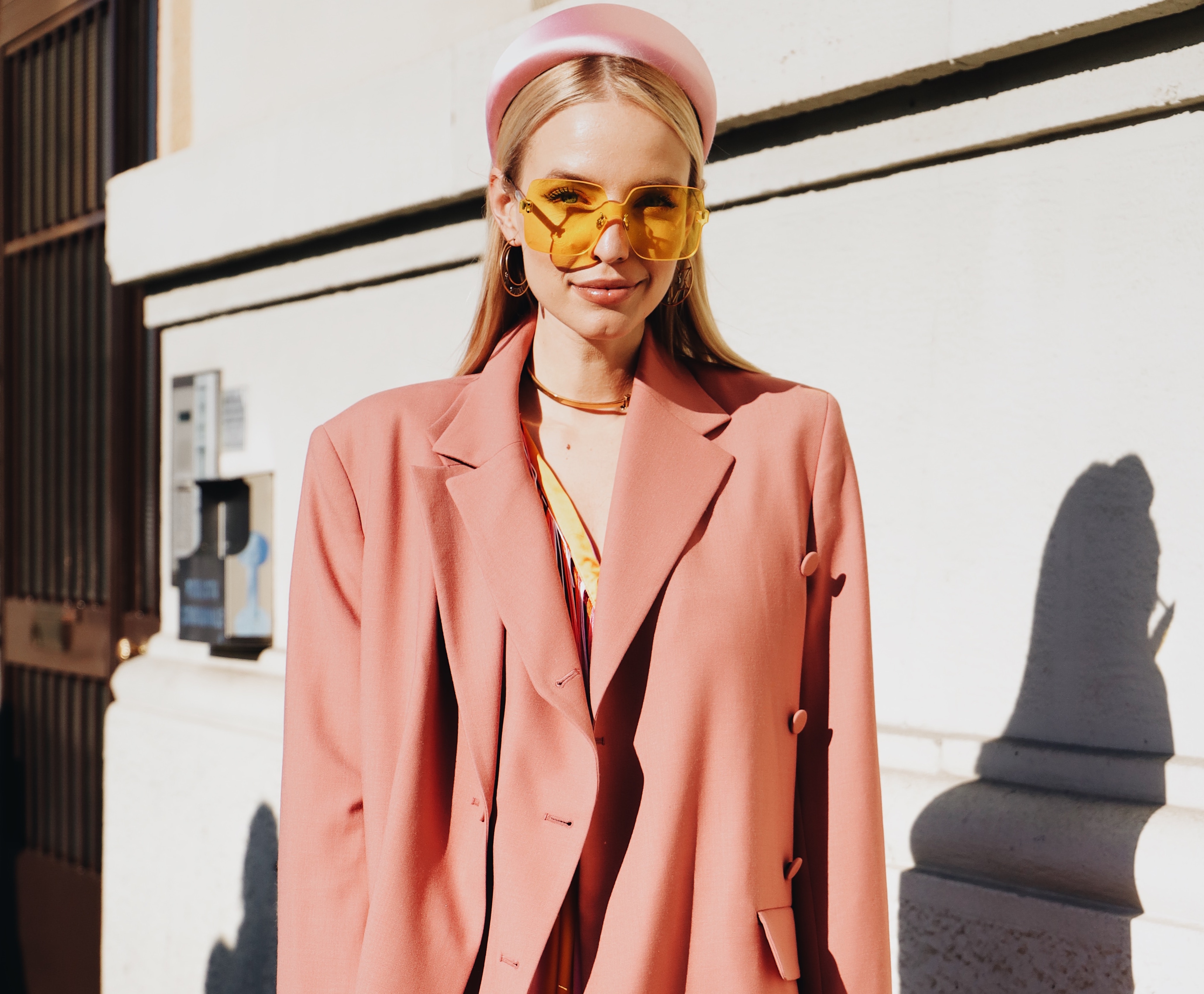It’s fascinating that we all know influencer collaborations are extremely important for getting visibility for our businesses, though we don’t tend to execute them in the most efficient manner possible. Whenever you work with an influencer, you should be looking at sales lift and a brand awareness lift. Ultimately, you’re going to be searching for the best ways to synthesize your product and brand with that actual influencer. More often than not, influencers are seeking out genuine experiences because they translate into genuine experiences with the consumer.
The number one thing to know is that the right influencer marketing techniques see an ROI of $6.50 for every $1 spent. And the top 13% of companies activating the most efficiently and intelligently in this marketplace are seeing an ROI of $20 for every $1 spent. If your experience is that you’ve been unable to turn an ROI or unable to understand the metrics, it poses the question if you’re executing influencer collaborations properly or looking for the right kinds of metrics.
There are lots of new intelligence companies out there- companies like Dash Hudson and others, partnering up with a lot of brands to do true ROI readings from a metrics and KPI standpoint. If you have a small business or growth stage business and you’re not ready to invest in software or to work with a bigger agency to partner with influencers, use these tips to ensure you’ll see healthy returns on your influencer collaborations.
1. Make Sure It’s an On-Brand and Authentic Collaboration.
Avoid emulating Bill Murray’s character in Lost in Translation, selling whiskey in Japan. He played the role of a famous celebrity visiting the country for this very off-brand, incongruous endorsement deal.
When you’re starting to look at opportunities to work with influencers, what’s more important than the size of their reach and how many followers they have is on-brand their content is.
- Is this micro influencer or super fan producing content and speaking to customers in a way that’s in alignment with your own brand voice?
All too often, big retailers go after huge influencer partnerships only to fall flat. Most recently, Rosario Dawson did a campaign with H&M for their new conscious sustainability line and the collaboration received a lot of backlash.
Rosario Dawson is known for her company, Studio One Eighty Nine, which promotes a lot of conscious and artisanal craftsmanship fashion and she’s done a lot to pave the way. However, in this collaboration with H&M, one has to ask, did it really fit her brand? Was it good for her brand? As you’re brainstorming partnerships, ask yourself the following:
- How is this going to help my brand?
- What does this do to elevate my brand messaging?
- Is it ultimately going to land well with my target market?
2. Go Beyond Gifting.
Create real activations. We’re simply beyond the phase of sending out product, hoping someone posts about it. We’re moving into an era of product and experience collaboration. Influencers today are being viewed as creative directors. They’re getting hired for producing content, and oddly enough, their aesthetics and points of view are being leveraged as opportunities to help tap into particular visual aesthetics.
If a brand wants to be able to take on a certain look or feel or appeal to a certain demographic, they’re now hiring influencers to help curate their entire content direction and their teams. This is a whole new concept. Things have shifted from influencers as celebrities to positioning them as cultural zeitgeist leaders with their fingers on the pulse. At that level, it becomes even more important to understand what type of collaborations and ROI are possible.
Take for an example, a company like Revolve. With their level of influence, discreet influencer collaborations with brands and product collaborations with brands, it’s easy to see how they have so much mass appeal across a variety of markets. As a small business owner or growth stage business, you might be wondering how you could ever compete with a company like Revolve.
Here’s how:
- Create authentic partnerships
- Consider your future collections, pick a product for an influencer collaboration- and make sure it’s an authentic match.
- Involve the influencer in the process for a true collaboration. Let the influencer get involved with the product design, colorways selections and the market launch.
- Consider shooting the influencer for the campaign, maybe even including their cohorts and friends.
It’s not just about macro influencers, but micro influencers and super fans- not just people building their Instagram profiles to land sponsorship deals, but people genuinely espousing the brand values… high purchasers, consumers of the product on an emotional basis.
Influencers are smart. They’re not just looking for free products. Dangling freebies in front of professional influencers won’t get you very far. If you do find influencers willing to do trade posts for product without compensation or contracts, be really wary. You can end up with off-brand or low quality images or you could send out product and end up with no photos in return at all.
Be very strategic and focused about your gifting budget.
If you’re unsure about how to execute quality influencer collaborations or how to approach them in regards to content creation, send us an email at hello@scalingretail.com. We work with a lot of brands for their marketing strategies, influencer partnerships and calculating ROI for their P&L (profit and loss statements).
In the meantime, read our article on our social media predictions for 2020. It’s really important to understand the best ways to implement your social media marketing. Also check out our download on how to use paid advertising audience insights. It’s really important to understand the loop-to-loop connection on how to leverage paid influencer marketing to help drive social posts.
